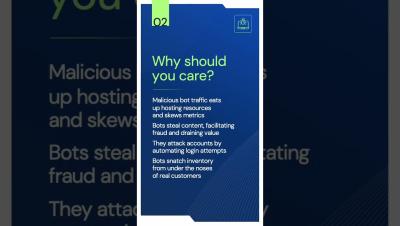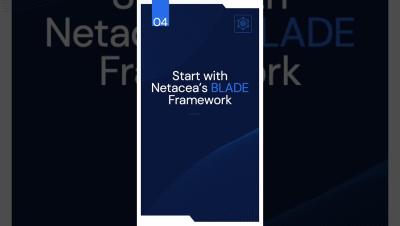What is a 'Sophisticated Bot Attack'?
At Netacea we talk about protecting our customers from sophisticated attacks carried out by bots. But what does this actually mean? How do you know you’ve got a problem with sophisticated bot attacks? We go into a detailed explanation below but it’s worth remembering that there is a human adversary behind all automated attacks. Although somewhat autonomous once programmed, bots do not attack a target without human intervention.











